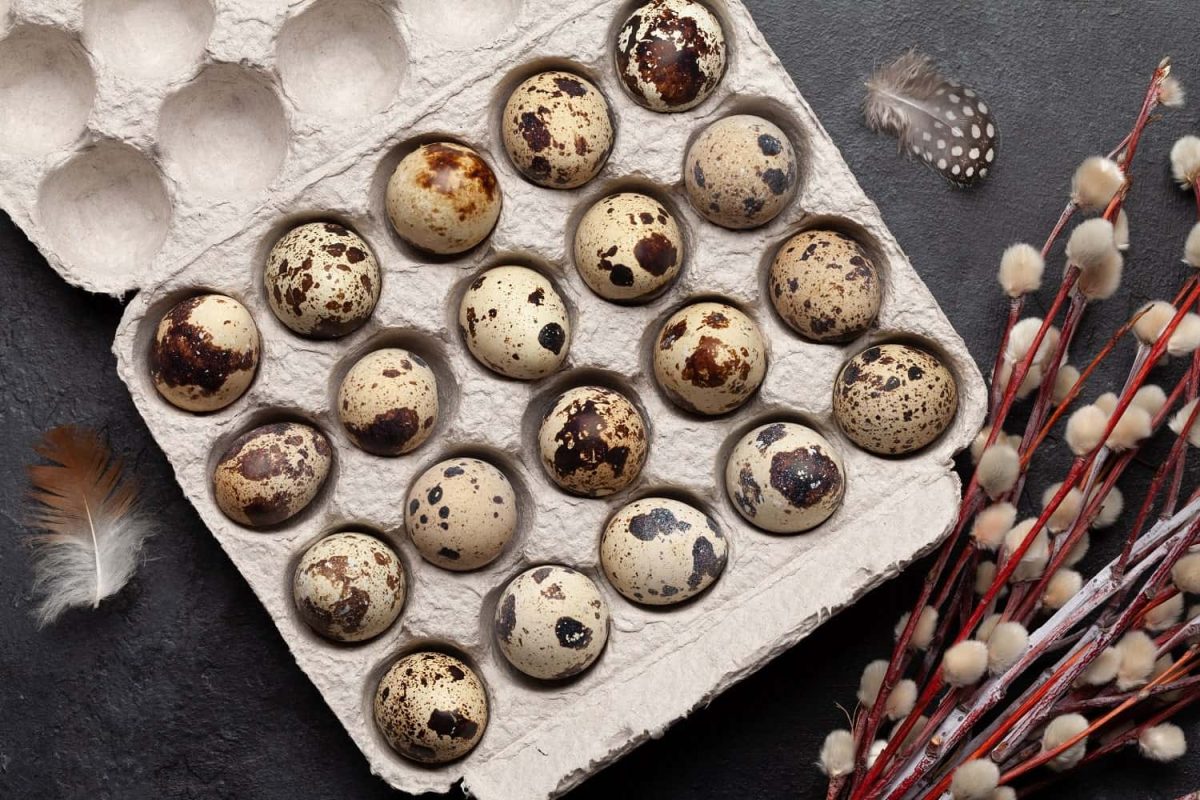
At Bolton Birds, we offer fertile eggs from both Coturnix and Button quail varieties. While both types are rewarding to hatch, they do have some differences when it comes to incubation. Understanding these will help you achieve the best hatch rates and healthy chicks.
Coturnix quail eggs are larger, with thicker shells, making them a bit sturdier and easier to handle.
Button quail eggs are much smaller and have a thinner shell, which means they are more delicate and require gentle handling.
Both quail types thrive at a similar incubation temperature of about 37.5°C (99.5°F). However, because Button quail eggs are smaller, slight temperature fluctuations can have a greater impact, so maintaining stable conditions is especially important.
During incubation, the humidity levels are similar:
However, Button quail eggs’ thinner shells may require more precise humidity control to avoid drying out or excess moisture.
Both eggs need to be turned regularly (3–5 times daily) during incubation. Due to their smaller size, Button quail eggs are more fragile, so handle them gently when turning.
Both Coturnix and Button quail eggs can be successfully hatched with the right care and attention. By understanding their differences, you’ll give your eggs the best chance at healthy, happy chicks.
Ready to start your hatch? Explore our selection of fertile Coturnix and Button quail eggs at Bolton Birds — fresh, ethically bred, and shipped same-day.
What do you think About us?
Need help? Our team is just a message away